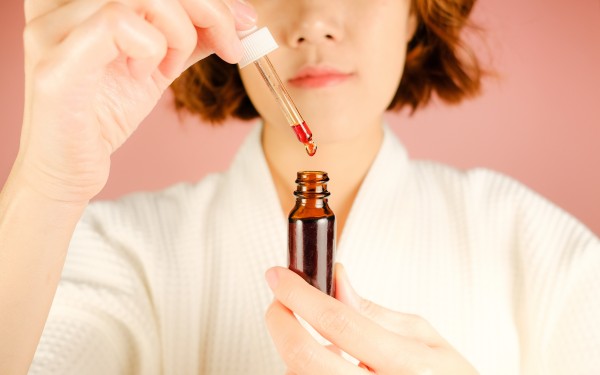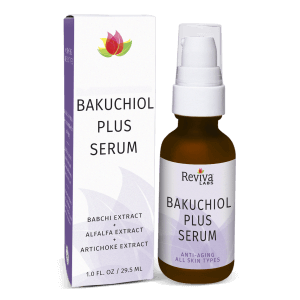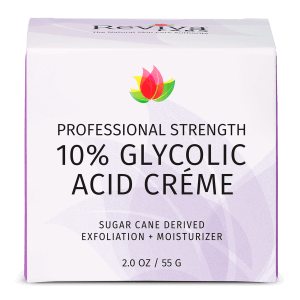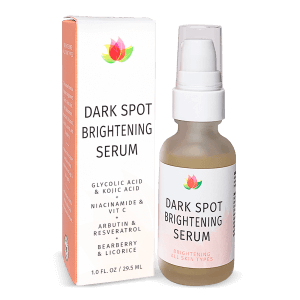Ingredients, Natural, Reviva Labs, Skin Care
Can You Restore Sun-Damaged Skin?
When the warm rays of the sun caress our skin, it feels delightful. However, prolonged exposure to the sun’s ultraviolet (UV) radiation can wreak havoc on our skin, resulting in various signs of sun damage such as wrinkles, dark spots, uneven pigmentation, and even skin cancer. But is it possible to reverse the effects of sun damage and restore your skin’s youthful appearance? Let’s explore some measures that can help mitigate the damage caused by the sun and promote healthier skin.
Understanding Sun Damage
Before delving into the treatments and preventive measures, let’s first understand how the sun damages our skin. The sun’s UV rays penetrate the skin and cause damage at a cellular level. Over time, this damage accumulates and manifests as visible signs of aging.
Sunburns are a clear indication of damage to the skin. By the time our skin turns pink and painful, significant harm has already been done. While it may not be possible to completely reverse the damage caused by sunburns, there are steps we can take to counteract it and prevent further damage. Wearing a broad-spectrum sunscreen and reapplying it every 80 minutes, and seeking shade can help protect against future UV radiation.
Treating Various Forms of Damage
1. Rough Skin Patches
Excessive sun exposure can leave the skin parched and rough. However, you don’t have to be stuck with the lizard-like texture. Gently exfoliating the skin with a scrub or loofah can help remove the top layer of dead skin cells, revealing smoother and softer skin beneath. Follow up with a moisturizing lotion to replenish hydration. It’s important to avoid petroleum-based products when sunburned, as they can trap heat. Staying hydrated by drinking plenty of water throughout the day is also essential for maintaining healthy skin.
2. Treating Wrinkles
UV rays can break down collagen and elastin, the proteins responsible for keeping our skin firm and smooth. Fortunately, there are treatments available to address wrinkles and restore the skin’s youthful appearance.
- Beta-carotene – This antioxidant, found in fruits and vegetables like carrots, spinach, and cantaloupe, can enhance skin suppleness and flexibility, reducing sun-related wrinkles.
- Retinoids – These compounds, available both as prescription creams and over-the-counter products, increase collagen production, smooth fine lines, fade dark spots, and minimize pore size. It is best to use retinoids at night and follow up with a daytime cream containing antioxidants to protect against further sun damage.
- Chemical peels – These treatments remove damaged cells from the upper layers of the skin, promoting the growth of new, healthy skin. From alpha-hydroxy or salicylic acid creams for at-home use to medium-depth peels performed by dermatologists, there are various options available.
- Microdermabrasion – This technique involves using tiny grains, crystals, or diamond tips to exfoliate the outer layer of skin and stimulate collagen production.
- Laser therapy – Different types of laser therapy, such as CO2 and erbium laser resurfacing, can remove specific layers or areas of the skin, revealing fresh, rejuvenated skin beneath.
3. Managing Dark Spots
Sun exposure can lead to the development of dark spots, also known as liver spots. These spots occur due to the clumping of melanin, the pigment responsible for skin color, in response to excessive sun exposure. While it may not be possible to completely erase these spots, there are treatments that can help minimize their appearance.
- Skin-lightening creams – Tranexamic acid, kojic acid, and glycolic acid are ingredients commonly found in skin-lightening creams. These can help lighten dark spots and even out skin tone.
- Retinoids – In addition to their wrinkle-reducing properties, retinoids can speed up the shedding of pigmented cells, helping to fade dark spots.
- Chemical peels, microdermabrasion, and laser therapy – These treatments can remove the outer layers of skin, diminishing the appearance of dark spots and promoting the growth of fresh, even-toned skin.
4. Tackling Melasma
Melasma is a condition characterized by splotchy brown or gray patches on the skin. While the exact cause is not fully understood, sun exposure is known to exacerbate melasma. Similar to age spots, several treatment options are effective for managing melasma such as skin-lightening creams, microdermabrasion and, of course, broad spectrum protection.

Maintaining Overall Skin Health
While it’s important to address specific sun damage concerns, maintaining overall skin health is crucial in preventing further damage and promoting a youthful appearance. A consistent skincare routine is essential for healthy skin. This includes wearing a broad-spectrum sunscreen with at least SPF 30, cleansing and moisturizing daily, and incorporating products with scientifically backed ingredients such as peptides, ceramides, niacinamide, and vitamin C.
In addition to skincare treatments, certain lifestyle factors can contribute to the overall health and appearance of your skin. A balanced diet rich in fruits, vegetables, lean proteins, and healthy fats can provide the necessary nutrients for skin health. Foods high in antioxidants, such as tomatoes, green tea, and cocoa, can offer protection against UV damage. And, while alcohol has some antioxidant properties, excessive consumption can lead to glycation, a process that damages collagen and dehydrates the skin. Moderation is key when it comes to alcohol consumption
Incorporating regular physical activity can improve blood circulation, delivering essential nutrients to the skin and promoting a more youthful appearance. And, lastly, chronic stress can negatively impact skin health by increasing cortisol levels and damaging collagen and elastin. Practicing stress-reducing activities, such as yoga, can help maintain skin health.
While complete reversal of sun damage may not be feasible, there are numerous treatments and preventive measures available to address the visible signs of sun damage and promote healthier skin. From daily sun protection and skincare regimens to professional treatments such as chemical peels, lasers, and photodynamic therapy, there is a range of options to suit individual needs and help maintain a youthful complexion for years to come.











